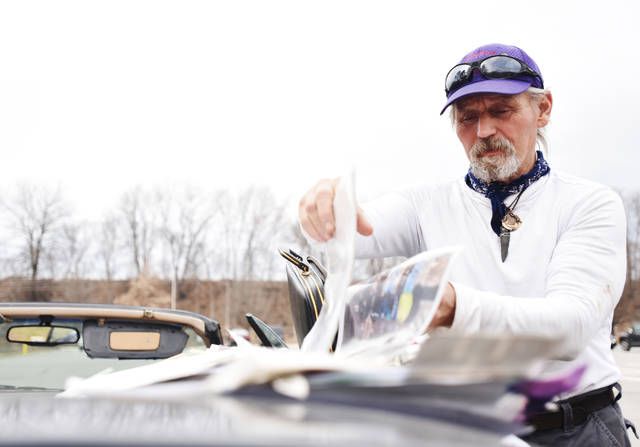Click here to subscribe today or Login.
Gerald Reisinger raised an important and often overlooked debate that should be more frequently and broadly conducted throughout Wyoming Valley: Are we utilizing the Susquehanna River and its often bucolic banks to best advantage?
“They are sitting on a tremendous historical park,” the Kingston resident told reporter Jennifer Learn-Andes for a story in last Sunday’s Times Leader.
Reisinger has been fighting for conversion of a strip of river bank into a nature park that would stretch from north of the Veteran’s Memorial (Pierce Street) Bridge to just south of the North Cross Valley Expressway. As Andes pointed out, about 20 years ago Kingston had launched an effort to convert the wooded area into a “one-of-a-kind” nature spot dubbed “Riverbend Park,” but the idea faded.
For his part, Reisinger envisions a park paying homage to, and educating the public about, the Native Americans who called this region home — a worthy objective. But he raises a larger issue regarding how we use land that is essentially a flood plain not only prone to but inevitably faced with rising waters along the Susquehanna.
This problem was laid bare recently in Wilkes-Barre when ice jams along the river pressed over a small wall and onto a fishing pier and concrete steps along the River Common park. Enormous chunks of ice still remain weeks after the crisis subsided and the river began to flow again. The damage to a park that was part of a $23 million levee project likely can’t be fully assessed until a spring thaw unveils the extent.
By comparison, the same ice dam detritus hit Nesbitt Park directly across the river. But that area remains largely open space with scant human constructions to damage.
Such open space, alas, is not necessarily the best choice for these areas, as county Flood Protection Authority Executive director Christopher Belleman pointed out. Trees provide a dense network of roots that reduce erosion and slow flow during flooding periods, creating exactly what flood plains are supposed to create: A buffer from the raging river.
Yet leaving it unattended does not leave it untouched. The land Reisinger discussed is home to vagabonds, a common development in undeveloped lands. Whole campsites have cropped up in places like the Olmstead Trail near Nesbitt Park. These places can also draw illicit activity, and have become favorite stomping ground for noisy ATV riders.
The question seems obvious: Can’t we find the right mix of forest and development to make these areas useful destinations? The Olmstead Trail, for example, has potential for great historic information and relaxing nature walks, but often seems unkempt and even unappealing. The Susquehanna Warrior Run hiking/biking trail near Shickshinny seems part promise kept and part potential unfulfilled.
We often forget that the river is why we are here. It was a critical resource spurring tremendous development. It behooves us to stop ignoring its value and history and start finding more ways to re-purpose its presence.





